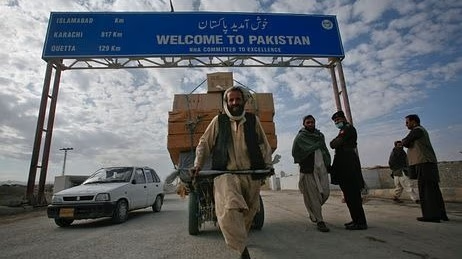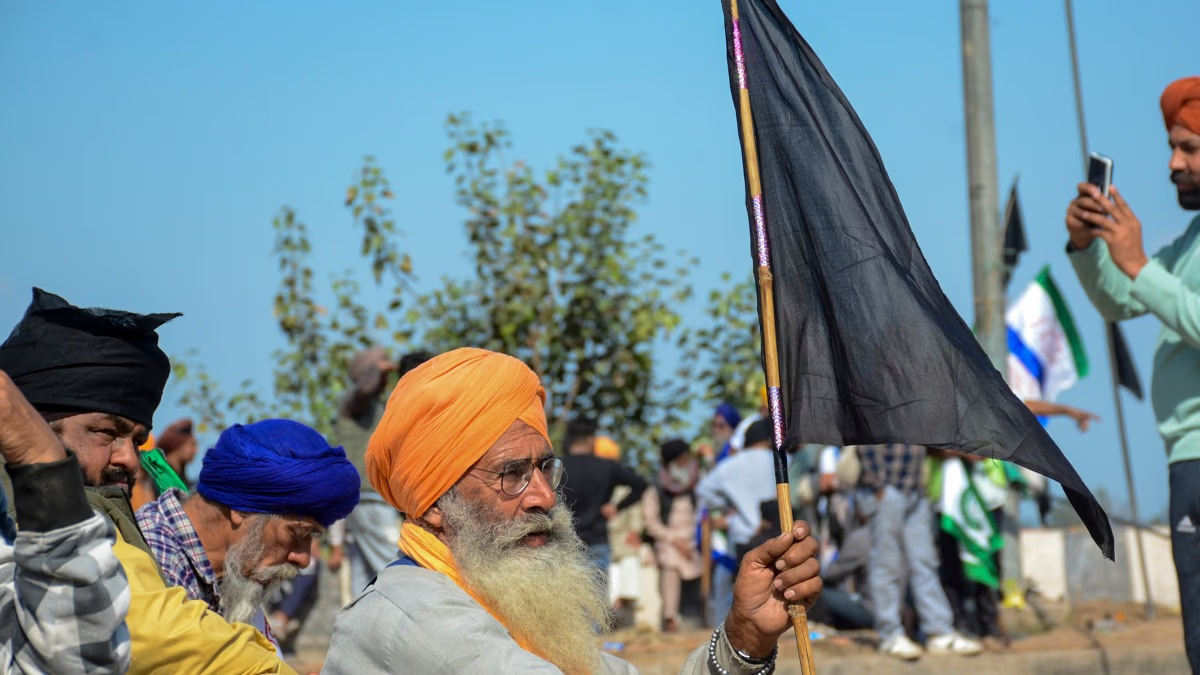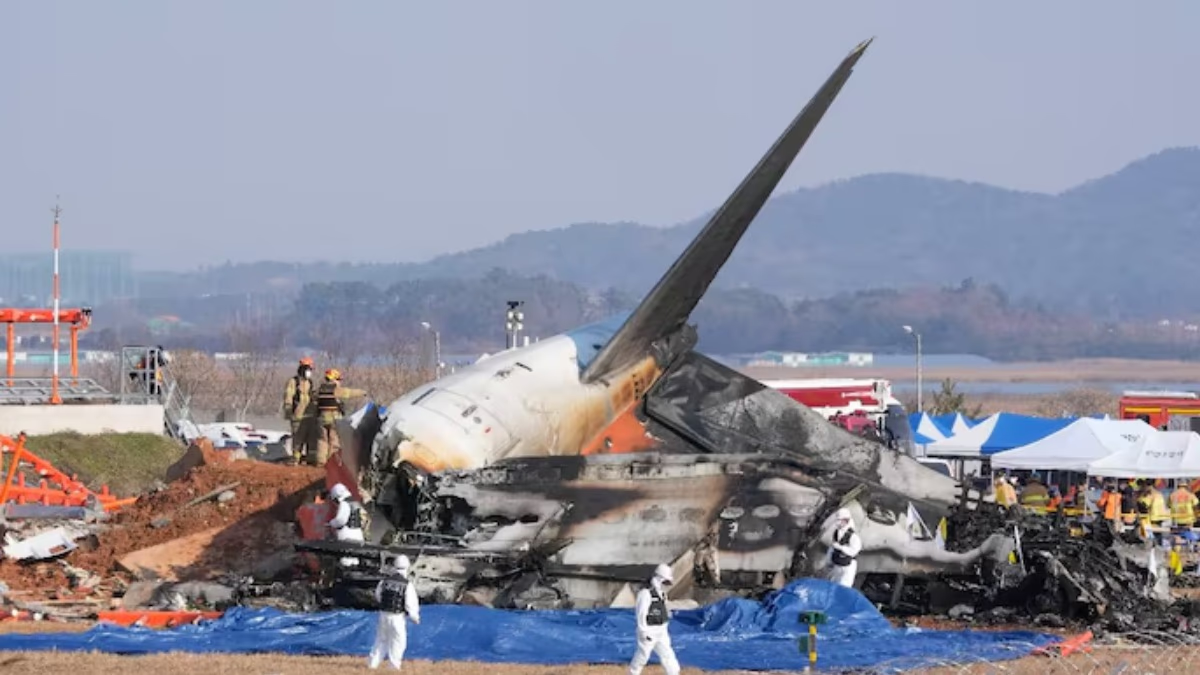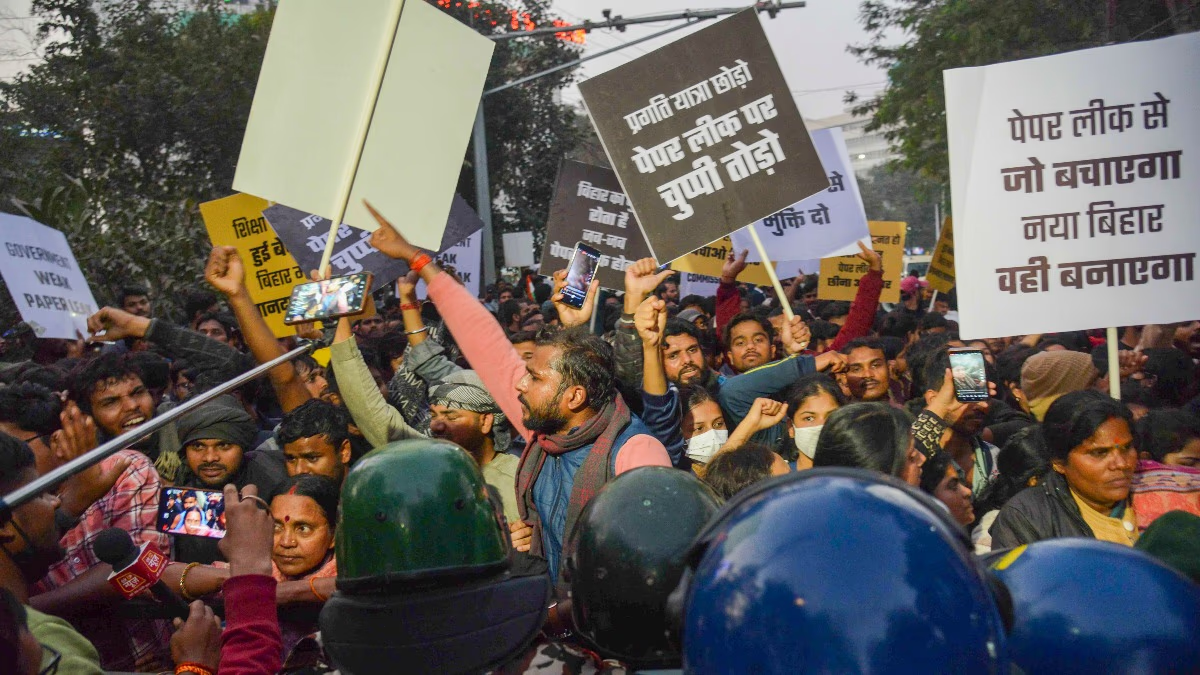Once again, Pakistan and Afghanistan find themselves at odds. The Taliban fighters from Afghanistan have crossed the Durand Line into Pakistan, targeting military posts. Shells rain down on these posts. It begs the question, what exactly is the Durand Line, and why has it remained a point of contention between these neighboring nations?
The Afghan Ministry of Defense spokesperson, Khawarjami, has stated that they do not recognize the Durand Line as part of Pakistan's territory. It is often referred to as a Hypothetical Line by Afghanistan, marking the boundary with Pakistan since 1947. However, Afghanistan has never officially acknowledged the Durand Line.
What is the Durand Line?
The Durand Line is the name of the 2,640-kilometer-long international border between Afghanistan and Pakistan. This line cuts through the Pashtun tribal regions, extending south through Balochistan. In doing so, it divides the Pashtun and Baloch peoples between two countries. It's often considered one of the world's most dangerous borders.
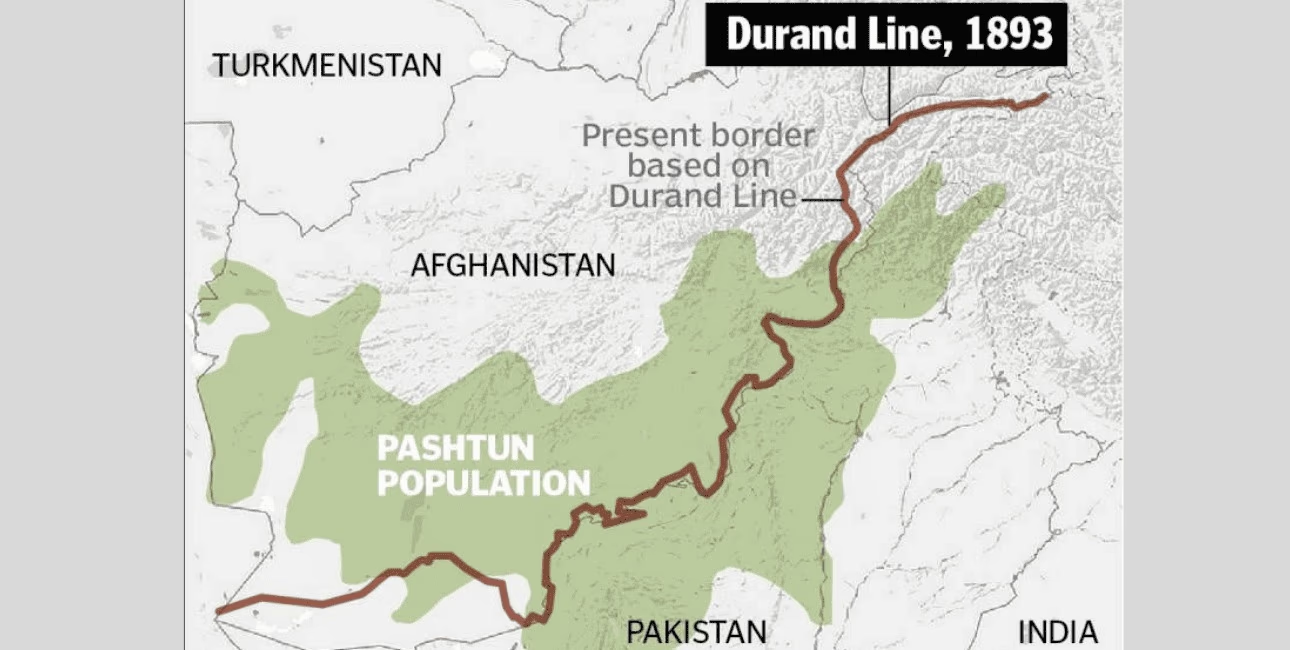
Source: aajtak
The British created the Durand Line to protect their interests in South Asia. Drawn up in 1893 between British India and the Emirate of Afghanistan, it was named after Sir Henry Durand, who was then the Foreign Secretary in colonial India. The line was drawn with the cooperation of the then Afghan ruler Abdur Rahman, appointed by Britain to govern in furtherance of its interests. A significant portion of the Durand Line passes through the Pakistan-administered Kashmir (POK) region.
Why was the Durand Line needed?
This line was meant to demarcate the border between India and Afghanistan at that time, with Pakistan being part of India then. Additionally, the British Empire intended to use Afghanistan as a buffer zone against Russian expansion in the East. During its demarcation, local tribes and geographical conditions were not fully considered, leading to its controversial status.
Two major tribal groups reside near the Durand Line: the Punjabis and Pashtuns. Most of these Punjabis and Pashtuns are Sunni Muslims. Punjabis form the largest ethnic group in Pakistan, while Pashtuns are Afghanistan's largest tribe. Pashtuns living near the Pakistan-Afghanistan border allege that this border has split their homes. They had lived in that area with their families and clans for decades, but the British drew the line through Pashtun-majority areas, splitting them between two nations.
Since the Taliban came to power in Afghanistan, tensions along the Durand Line have increased. The Taliban see this line as a violation of Afghanistan's sovereignty. Both Pakistan and Afghanistan claim their respective boundaries, and Taliban-backed terrorist groups continue to strike within Pakistan, exacerbating tensions between the two countries.
In 2021, when the Taliban regained control in Afghanistan, Pakistan hoped for a friendly government in Kabul that would recognize the Durand Line.
How powerful are the Afghan and Taliban forces?
How strong is the Taliban that it challenges the Afghan army? Afghanistan’s First Vice President claims, "The Taliban will soon be destroyed. They have around 80,000 fighters while Afghanistan's army boasts between 500,000 to 600,000 soldiers. Moreover, Afghanistan has an air force, which can weigh heavily against the Taliban." Regardless of these claims, there are concrete factors on the ground that bolster the Taliban's strength.
The Taliban's manpower is drawn from tribes in tribal areas, supported by their fighters. In addition, extreme religious institutions and madrassas reinforce their ideology. Yet, more critical to their cause is the clandestine assistance from the Pakistani military and the ISI. Reports from U.S. intelligence assessments further clarify the situation, suggesting that within six months of American troop withdrawal, Afghanistan's government could lose dominance and fall under Taliban rule.
